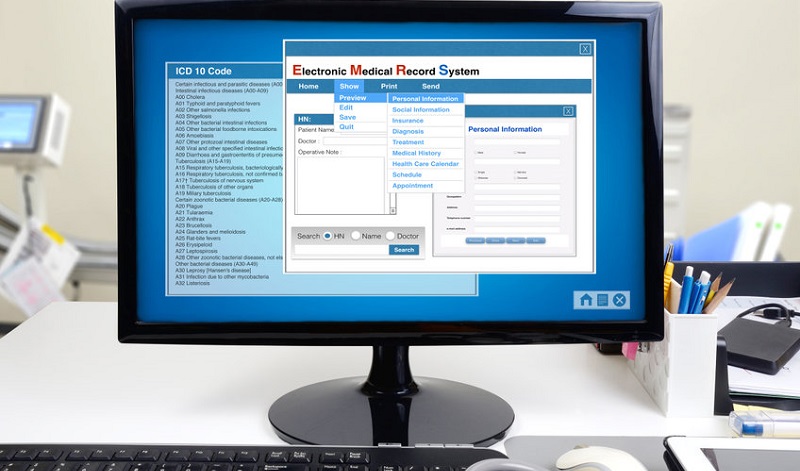Even when compiling information from different EHR systems, d2i’s data analysis tools can normalize data for comparison.
As health care organizations expand, aggregating data from disparate sources becomes a crucial challenge.
Large health systems with multiple locations and independent medical groups servicing multiple hospitals often cope with using different electronic health record (EHR) systems, with multiple levels of integration. The final goal for health systems may be to put the entire system on one EHR system, but this process is complex as well as expensive.
A particular problem is obtaining standardized data for enterprisewide quality measures and internal performance measures, as well as routine monitoring. The problem is so vast, that nearly two-thirds of health care leaders have reported challenges in pulling data from multiple sources into a single report, and half reported the inability to trust the data they did pull.
Why Is Aggregate Data Important?
An ideal EHR system can give a health care organization the big picture, with normalized data presented enterprisewide, as well as the ability to drill down to the levels of facilities, departments, providers, and patient groups.
One obstacle to this is documentation differences. One facility may capture a piece of data in narrative form, while another may have it in a data field, and another may categorize the same data in yet a different way.
Even in situations where multiple hospital systems are on the same EHR, the way that each location is set up may vary based on volume, case mix, and other factors. At a health system level, decision-makers need to see normalized data to compare performance, identify areas for improvement, and promote best practices within the organization.
Picking all of these apples and oranges and making them connect is a job that d2i specializes in. Our tools follow a data value chain, increasing the value and integrity of data beyond simple acquisition and normalization. Our data analytics solutions go two steps further by augmenting and curating the data to facilitate rapid segmentation multivariate analysis. This process allows data to grow more useful over time by incorporating historical trends, answering new questions, and organically adding new data.
Using Aggregated Data
Aggregated data becomes even more valuable when it is leveraged across many use cases. In such instances, the data needs to be aggregated and normalized, but also further enriched and curated to address:
- Public Health and Social Determinants of Health (SDOH): In a world that now has the ability to use very large data sets, accessing and harnessing the information of large organizations can be useful in research, in formulating public health strategies, in SDOH initiatives, and in serving local communities. Chronic disease is growing and the ability to trace patterns of COVID-19 is an ever-present need. By obtaining clean, normalized data from several hospitals, large organizations can see patterns and create evidence-based treatment programs that have meaningful impact.
- Protocol Monitoring and Best Practices: Hospital performance varies and extracting the data behind that performance can often be an arduous task without normalized data. When comparing hospital performance, for example on sepsis treatment protocols, it can be difficult to determine why one hospital has superior performance. It is even harder to determine a best practice and implement it in other hospitals. By aggregating data, leaders can not only monitor performance with confidence, but also drill down to the level of detail needed to specifically target opportunities for improvement and drive change.
- Promoting Transparency: EHR systems that share normalized data promote transparency across the enterprise. Effective decision-making from system leaders relies upon being able to see performance at the hospital level, and evaluate specific factors like case mix that might affect performance variation.
Complex organizations need consistent, reliable data that is representative of the care at each facility, regardless of the current EHR status. Organization-wide decision-making must be based on trusted data. To accomplish this goal, d2i curates your data so you can use it with confidence to make decisions. Contact d2i to learn more about our data acquisition services or to request a demo of our powerful analytics tools.
